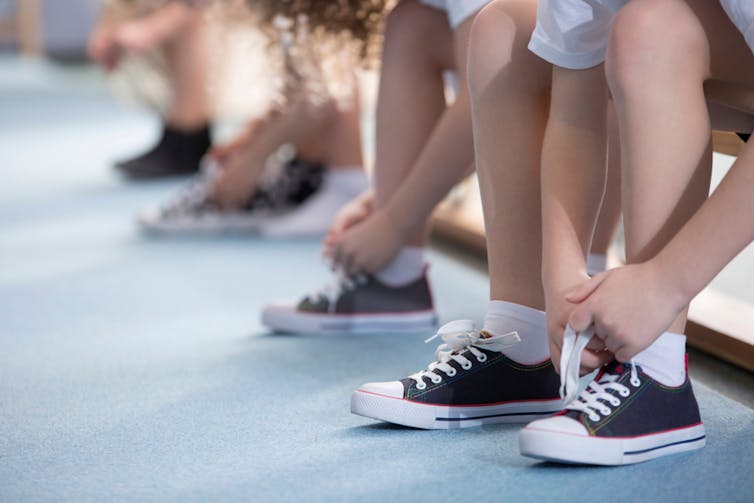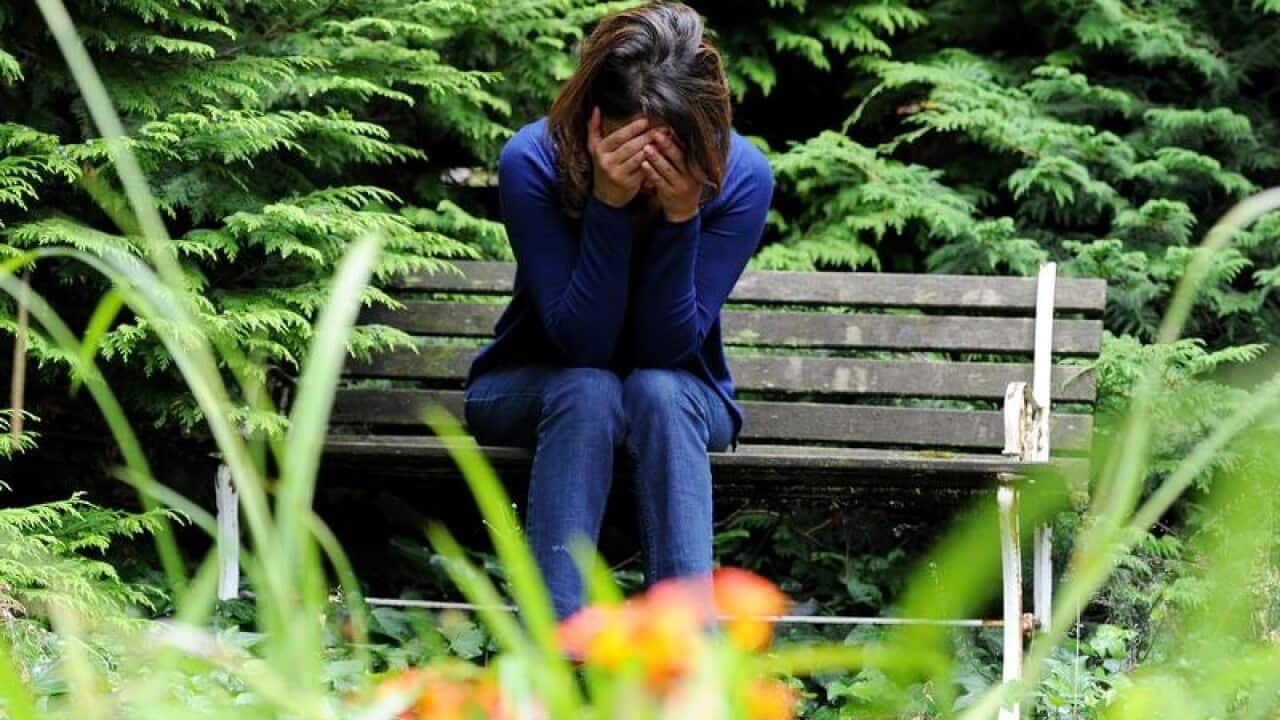Adolescence is a critical time for the development of mental health problems. In fact, depression is most likely to occur during . It’s the in young people worldwide.
At least one‐quarter of young people will experience an episode of depression . By year 9, students who have experienced a mental disorder are on average two years behind in academic achievement compared to .
The consequences of depression in adolescence are serious and can be lifelong. These include an of , poor social functioning and academic achievement and reduced employment security, as well as greater risk of .
Many young people don’t recover from depression, despite treatment with the best available . Given the scope and impact of depression in young people, and poor recovery rates, it’s crucial to understand how to help prevent the development of depression in young people.
An increasing body of evidence indicates physical activity and exercise are effective for . We recently also examined studies to assess the efficacy of physical activity and exercise as a prevention for depression in young people. We found eight controlled research studies that examined this. These studies showed exercise and physical activity are effective as a for young people.
How much physical activity do young people need to do?
Few young people seek professional help . It’s important to engage young people in places that suit them to prevent the onset of mental health problems. Prevention and early intervention are crucial and especially relevant in the education setting. Many young people never recover from depression once it is established, from www.shutterstock.com
Many young people never recover from depression once it is established, from www.shutterstock.com

The Australian guidelines state young people should engage in . The majority of young people .
In fact, disengagement from regular exercise, physical activity and sporting clubs . This coincides with the average age of .
Physical activity is an important part of the . The Australian requires government schools to provide at least two hours of physical activity per week during . The provision of any physical education is not required as part of the . Even during primary education and junior secondary education, the mandated 120 minutes a week doesn’t meet Australian guidelines.
Schools are a key site for the . Many long-term health-related behaviours and patterns – both positive and negative – are established during the developmental phase of .
How do we get them to do more?
The research indicates physical activity is associated with in young people. Physical activity is an , non-stigmatising approach to promoting better mental health . To meet the , a physical activity program should facilitate self-reliance, motivation, and mental health and wellbeing literacy. Depression is the leading cause of disability for young people across the globe, from www.shutterstock.com
Depression is the leading cause of disability for young people across the globe, from www.shutterstock.com

can be increased by offering choice of activities, increasing skills and ability to engage in physical activity, and opportunities for social connection. Schools are best placed to ensure physical activity is increased and protected within the Australian curriculum and that young people meet the Australian guidelines for physical activity each day.
Most school-based intervention of physical activity have used supervised programs of moderate to vigorous physical activity. These consist of 30 to 45 minutes, three to five days per week. The physical activity should include a variety of activities, be age-appropriate and enjoyable.
Some researchers suggest schools could also promote physical activity by ensuring at least 20 minutes of recess per day.
Finally, physical educators of physical and health literacy and behaviour change. They can do this, for example, through school-based activities and by providing information about the benefits of physical activity via newsletters and notices sent home.
Physical activity programs within schools should also address the health, mental health and stress-reduction motivations for engaging in physical activity and focus on the benefits of participation. This should include , while building confidence and independence.
Any physical activity program delivered in schools should also encourage young people to draw on to increase the physical activity they do outside school time.
Readers seeking support and information about suicide prevention can contact Lifeline on 13 11 14
Disclosure statement:
Alexandra Parker receives funding from NHMRC.
Michaela Pascoe does not work for, consult, own shares in or receive funding from any company or organisation that would benefit from this article, and has disclosed no relevant affiliations beyond their academic appointment.


